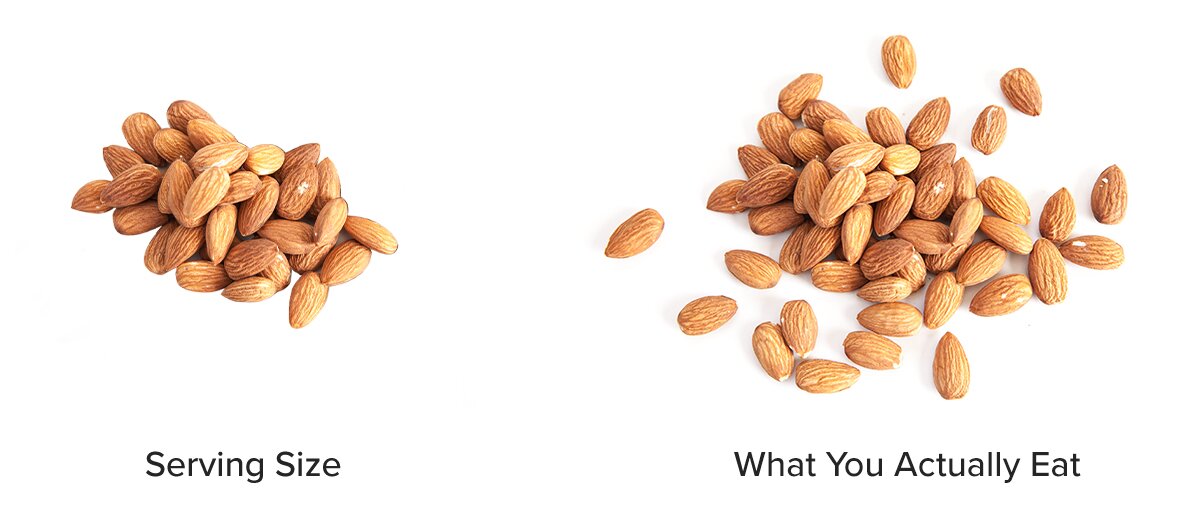Calculate Your Caloric Needs
Use this calorie calculator to find out how many calories you really need! Match it to your goals and activity level to help you make better nutritional choices.
Reading a food label could give you the impression that everybody needs more or less the same things, in the same quantities, to be healthy. Not so! We all have different bodies, different goals, and different lifestyles, and the way we eat should reflect that.
This calorie calculator will help you estimate the number of calories you’re burning each day, plus a daily calorie target to help you lose weight, add muscle, or maintain your current weight. This can be your launchpad to gain better control of your nutrition and better results while working toward your goals!
SHOULD I COUNT CALORIES?
There are plenty of people who can maintain a healthy body composition without ever counting calories, but for many others, it is incredibly valuable.
Wondering if it’s right for you? Registered dietician Susan Hewlings, Ph.D., explains how to know in the video, “All You Really Need to Know About Calories and Food Labels.”
Advantages of calorie-focused nutrition:
- Allows you to compare different meals and foods
- Gives you an objective measurement of portions
- Help show how small indulgences—like a daily soda—can add up over time
Disadvantages of calorie-focused nutrition:
- Doesn’t take food quality into account
- It can be tempting to cut too many calories, too fast
- Food labels aren’t necessarily accurate
It’s one measurement of many, but one that definitely matters! To learn more about all the fundamental ideas of nutrition and how to match your eating to your goals, dive into Bodybuilding.com’s Foundations of Fitness Nutrition course.
HOW DO I CALCULATE THE CALORIES IN MY FOOD?
You can do this using food labels, as well as by weighing out your food and using one of the many online nutritional databases.
Weighing food may seem like a lot of counting and not much fun, but it gets easier over time. Fitness coach Vince Del Monte says in the article, “From Here to Macros: 4 Steps to Better Nutrition” that you quickly learn to “eyeball” quantities of both calories and macronutrients after just a few weeks of practice.
SERVING SIZE VS. PORTION SIZE
Calorie counts are almost never 100 percent accurate. But they can be pretty close, as long as you have one crucial piece of information dialled in the serving size.
Whenever you look at a nutrition label, look at the serving size first. All the information that follows is based on that. Sometimes serving size reflects an entire box or bottle of the product, but often, it’s just a small amount.
Sound scientific? It’s not. Serving size is an estimation of the average portion a person eats—and as nutritionist Sara-Jane McShane explains in the article, “5 Sneaky Culprits of Weight Gain,” it’s not always an accurate one! If you eat a cup of a product with a serving size of half a cup, you will then double all the nutritional information: calories, protein, carbs, sodium, fat, and everything else.
This is essential information if you want your calorie counts to be reliable! Not into doing complicated math? Then maybe pre-portioned foods like tuna fish, protein bars, or packaged nuts are a good choice for you. These sorts of calorie-counting hacks can be lifesavers!
One more “secret” that’s increasingly well-known: eat enough protein! A major study in 2018 found that as long as your calories are under control and you’re eating enough protein, different weight-loss diets work with about the same degree of effectiveness.

